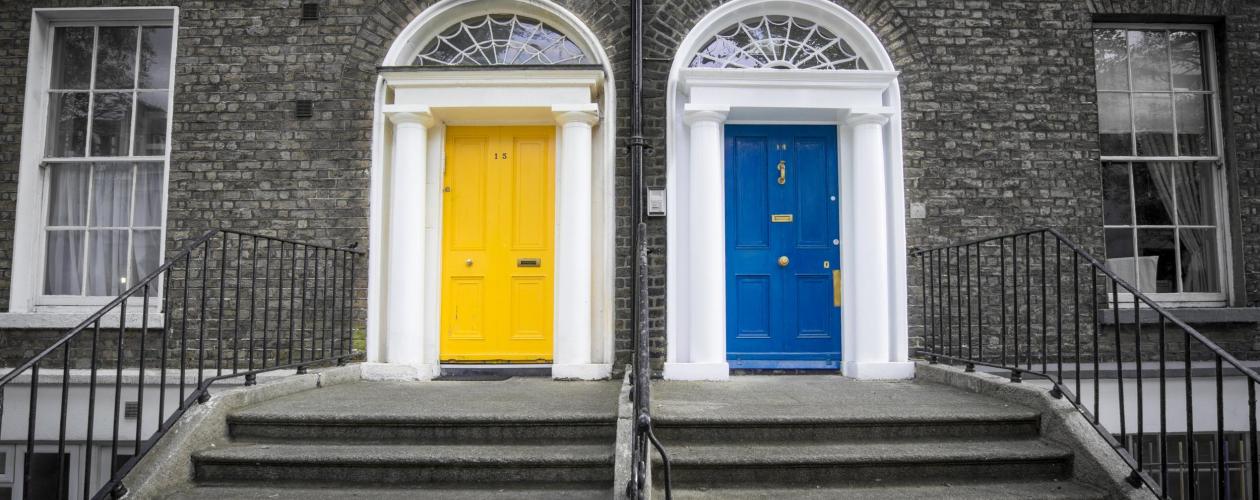
Twenty years of uncertainty
THE TAX PROCEDURE of direct taxes and VAT dates back to March 1999, which is twenty years ago this month. If this anniversary may have gone unnoticed, the two decades following its introduction have by no means been plain sailing. Right from its conception, there was a suspicion that there were major flaws in the legislation. While the laws did not meet the objectives of the legislator, an unmistakable movement was set in motion that shook the tax procedure down to its foundations. To this day, the taxpayer is confronted with procedures that are broken in many respects.
IN THE 1980S, the Belgian Royal Commission for the Harmonisation and Simplification of Taxation had already pointed out that an adequate tax procedure was fundamental as a guarantee against the arbitrariness of government. The Commission had established that the tax procedure had become a proliferation of legal rules. It was proposed to draft a single tax procedure code, containing all procedural rules. This would save the taxpayer from having to glean from various sources the rules that apply to him or her.
EMPHASIS WAS ALSO PLACED on making the procedures uniform. The rules applying to direct taxes and VAT differ thoroughly. The tax administration started work on a new organisational structure in 1996. Until then, direct taxes and VAT had had their own administration and audits were often performed separately. From 1996, however, such actions were integrated. Even though a single team of tax officers carried out joint audits, it had to work with different procedural rules for direct taxes and VAT.
ULTIMATELY, THE TAXPAYER PAID THE PRICE. Although the Royal Commission had already identified this as a problem in the late 1980s, the regime is still in place. You don’t have to take my word for it. Just consider the 2014 coalition agreement of the Michel I government. It states that tax legislation would be coordinated and combined into one single Federal Tax Code. Tax procedures would be harmonised in order to safeguard legal certainty for the taxpayer. In addition, the taxpayer’s charter would be updated and integrated. The aim was to find a happy medium between the interests of the tax administration and those of the taxpayer. The new harmonised procedure would be aligned with the administration’s new approach: digital and directed at target groups. It would rest on the underlying philosophy of voluntary taxpayer cooperation, maximum consultation and efficient dispute settlement. Particular attention would be paid to strengthening mutual trust between taxpayers and the tax authorities, in particular audit services.
INDEED, THE GOVERNMENT has identified the problems. Yet, I will have to agree with you that, once again, no actual progress has been made on the tax procedure. And that is a mistake, because the promised harmonisation and legal certainty are really necessary. Elections are coming. Let’s hope that the new government not only has the same insight as the previous one, but is also blessed with more decisiveness. Together, let’s hope that we will be able to celebrate something five years down the road: not the 25th anniversary of the unchanged tax procedure, but the resurrection of a brand-new Tax Procedure Code.
Published under
- Tax




